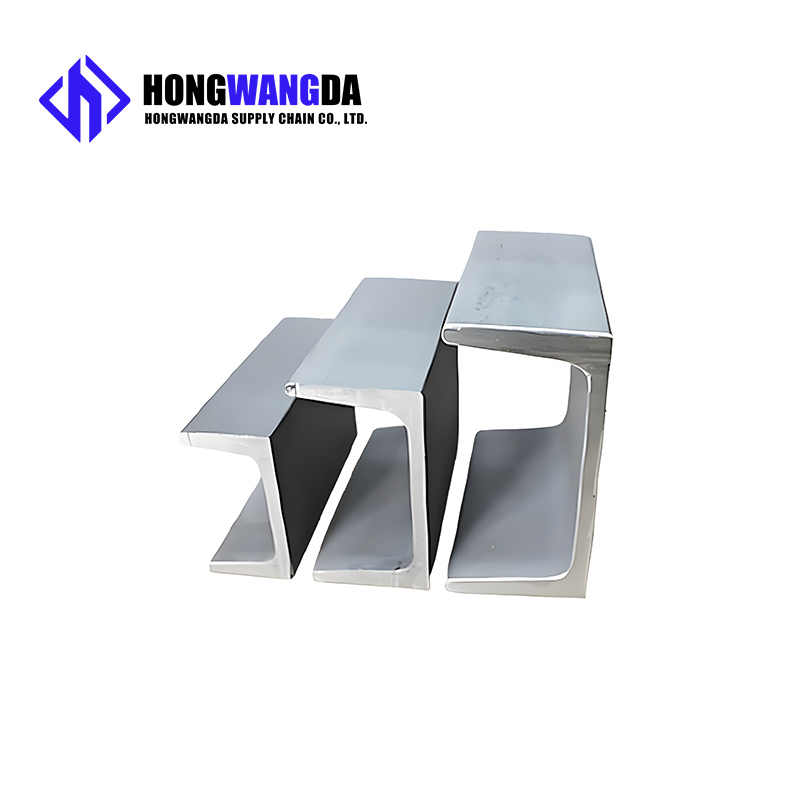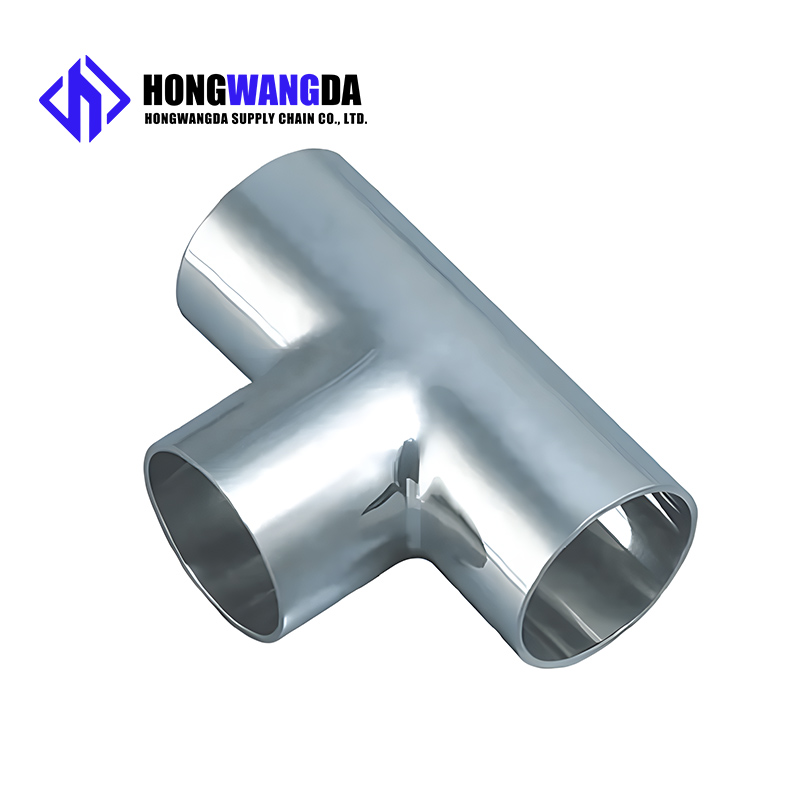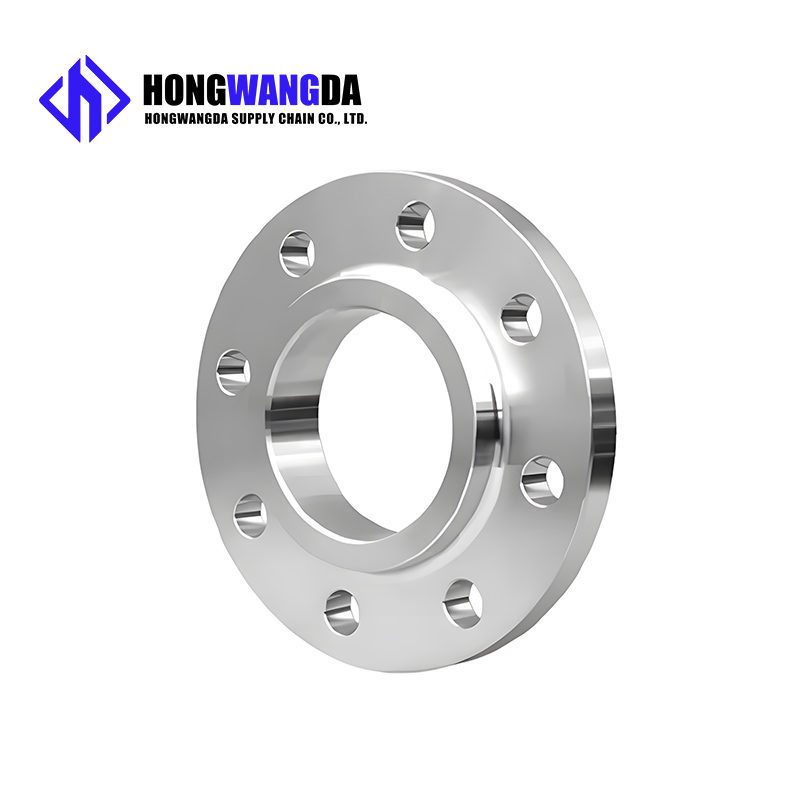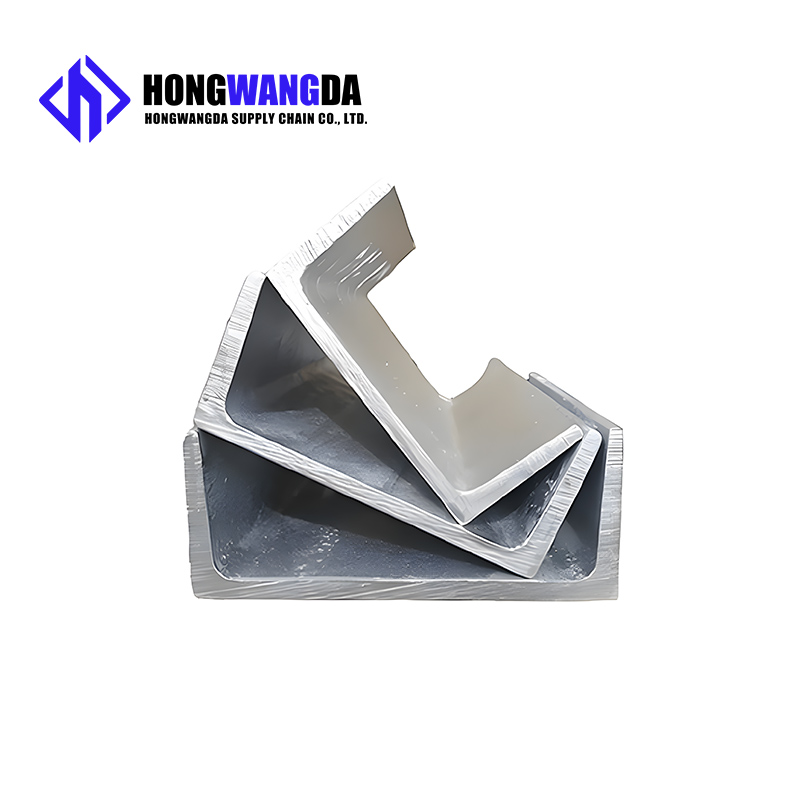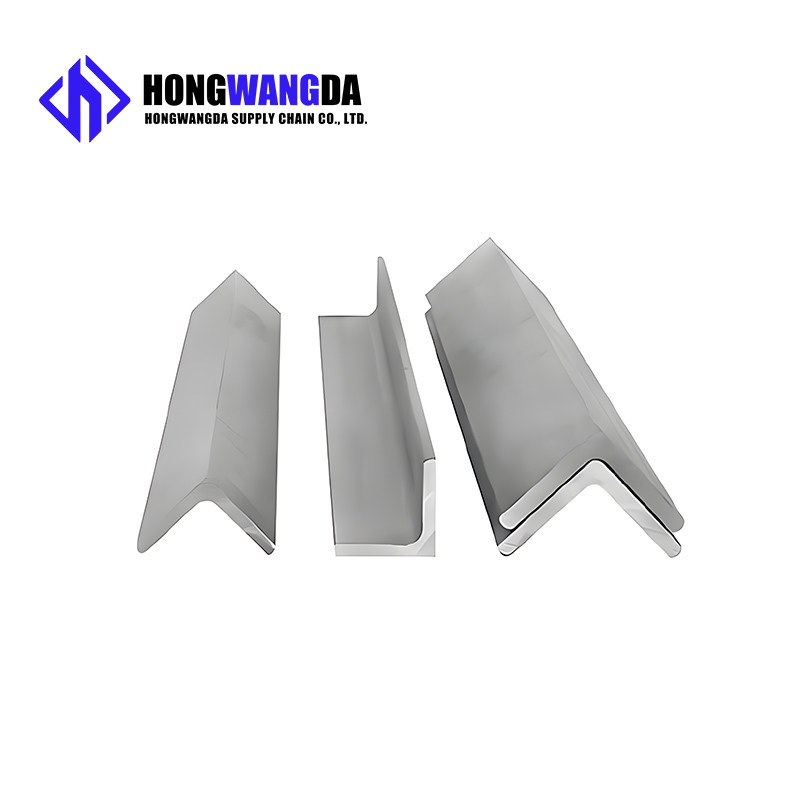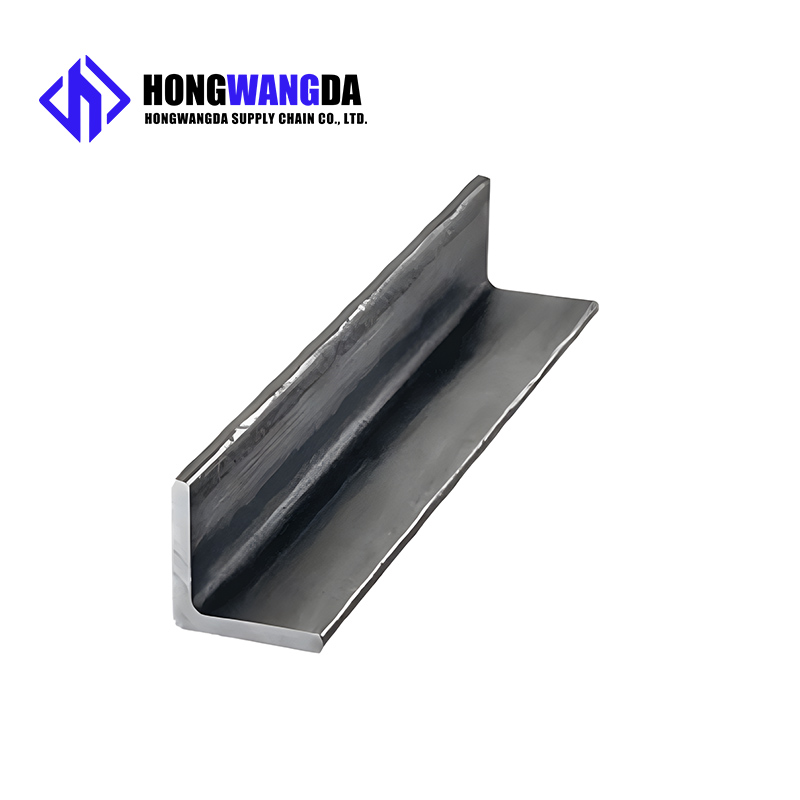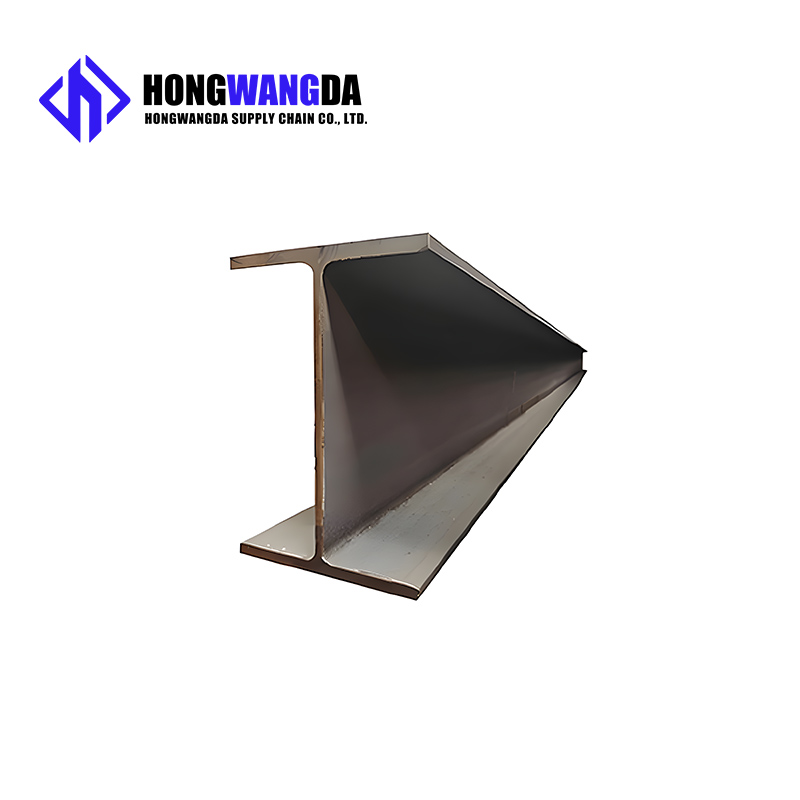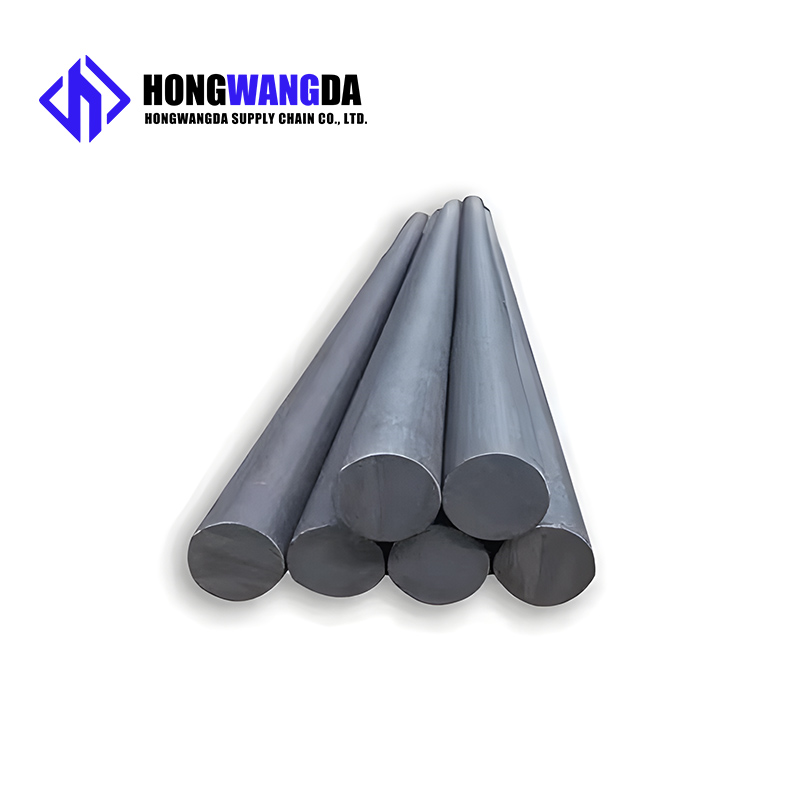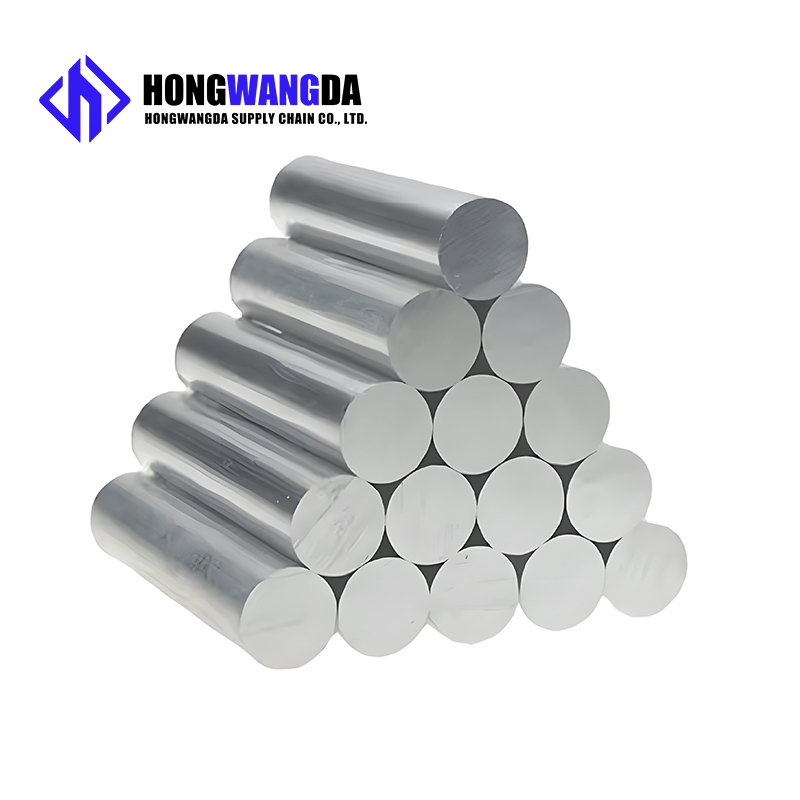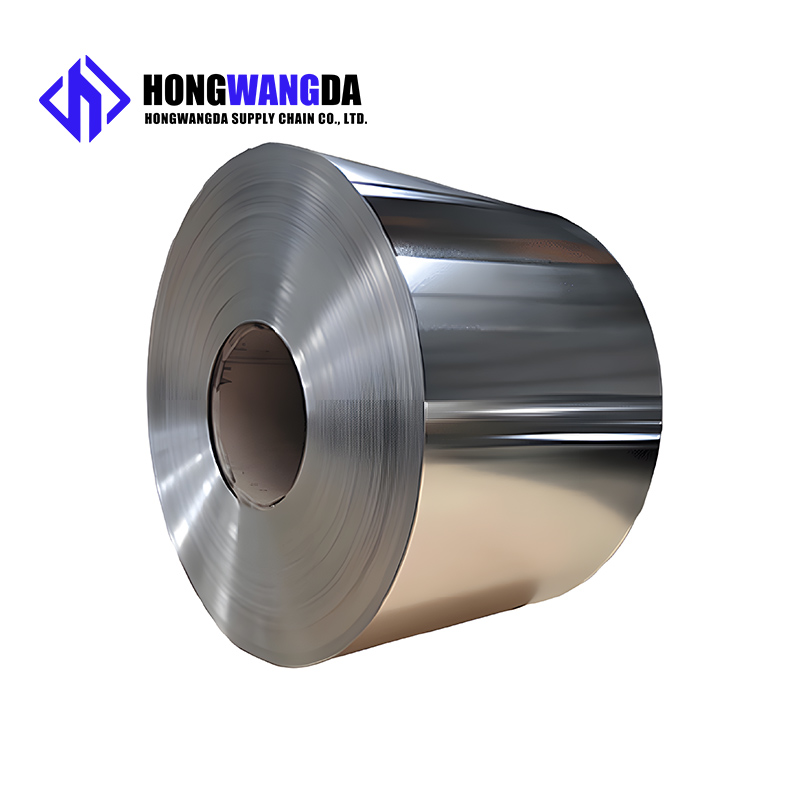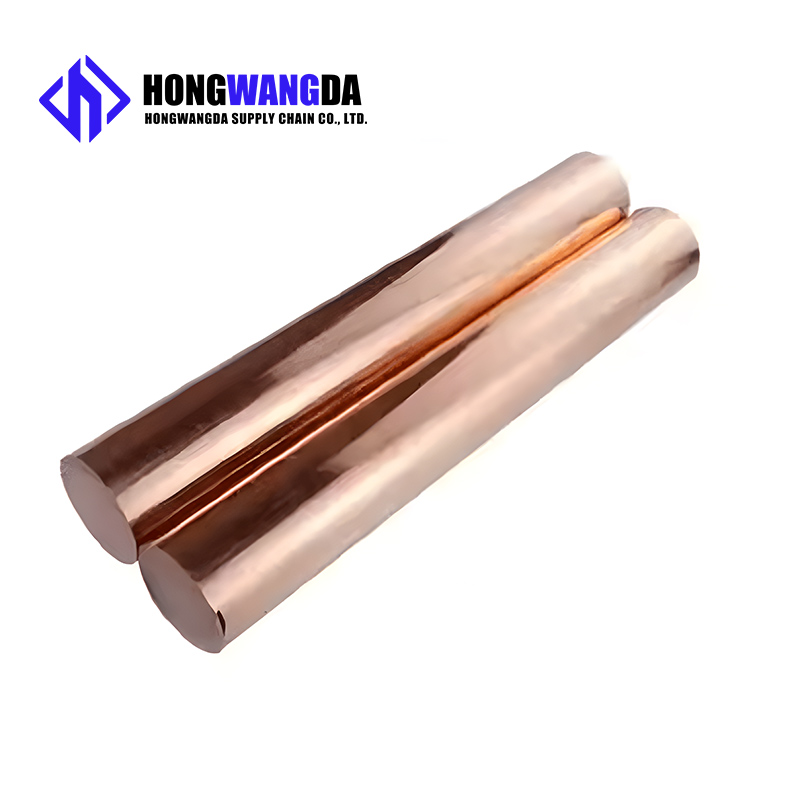◉ PRODUCT SPECIFICATION
1. Standard Designations
UNS: S31600
ASTM: A240/A240M
EURONORM: 1.4401 / 1.4436
JIS: SUS 316
GB/T: 06Cr17Ni12Mo2
2. Chemical Composition (% by weight)
3. Mechanical Properties (at Room Temperature, for Annealed Condition)
4. Physical Properties (Typical)
5. Corrosion Resistance
Chloride Resistance: The key advantage. The molybdenum content provides superior resistance to pitting and crevice corrosion in chloride-bearing environments (e.g., seawater, de-icing salts).
General Corrosion: Excellent resistance to a wide range of chemicals, including many sulfuric acid solutions, and other aggressive process streams.
Intergranular Corrosion: Similar to 304, it can be sensitized. For welded applications, the low-carbon version 316L is recommended.
Pitting Resistance Equivalent Number (PREN): ~25-26. This is significantly higher than the ~19 for 304/304L, quantifying its improved pitting resistance.
6. Available Product Range (Plates)
7. Typical Applications
Marine & Coastal: Boat fittings, underwater components, structural parts.
Chemical & Petrochemical: Process equipment, pipelines, pressure vessels handling corrosive chemicals.
Pharmaceutical: High-purity processing vessels and piping.
Pulp & Paper Industry: Bleaching equipment and process tanks.
Architectural: High-end facades and structures in harsh coastal or urban environments.
◉ Surfcae selection
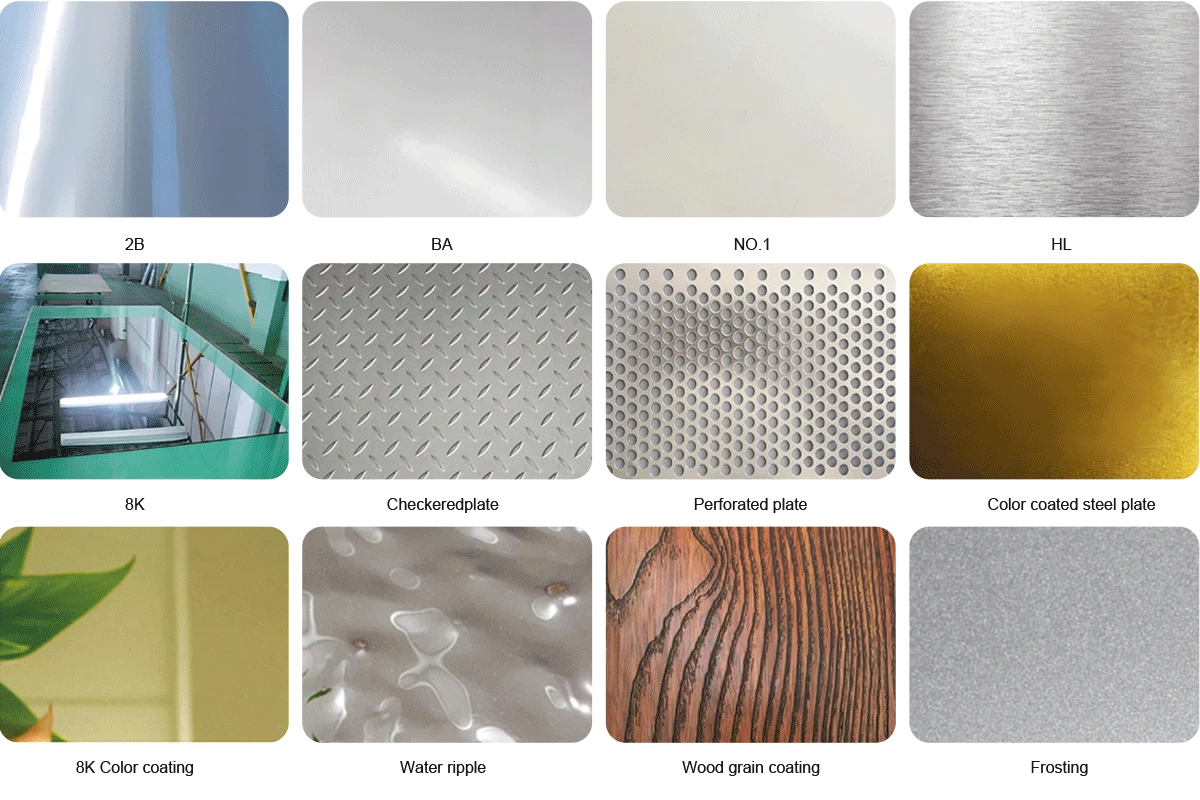
◉ PRODUCTION AND WAREHOUSING
◉ MESSAGE
◉ SIMILAR RECOMMENDED








